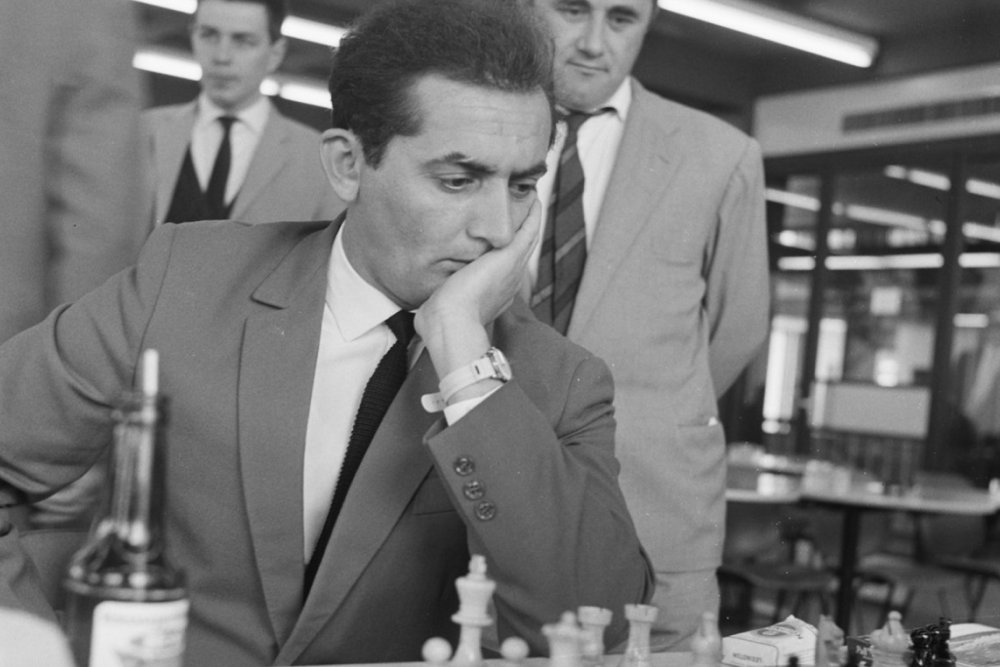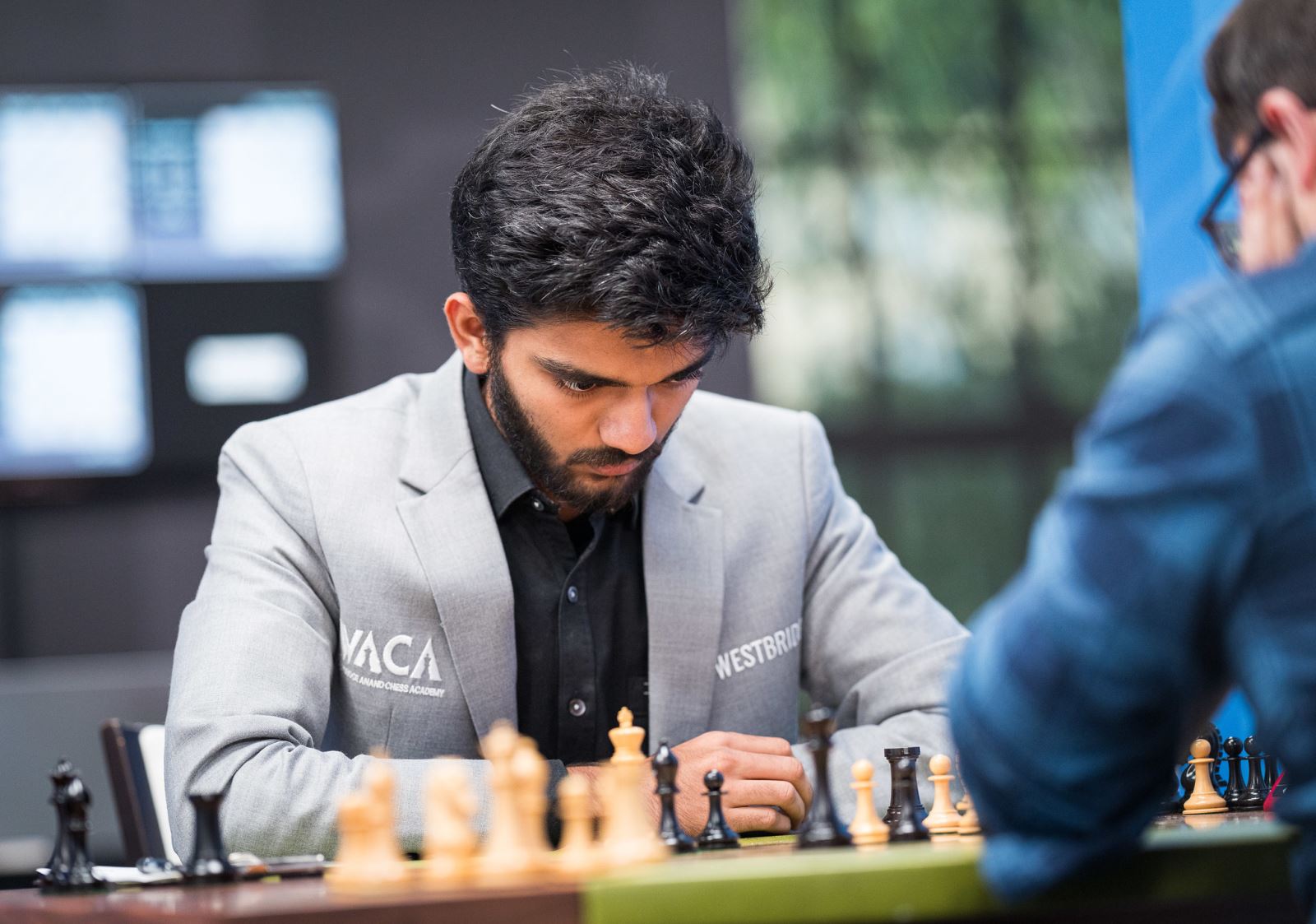


[Note that Jon Speelman also looks at the content of the article in video format, here embedded at the end of the article.]
When I've canvassed here about possible future columns, one of the most popular ideas has been great attacking games. Various names have been mentioned, and I'm starting today with a fine example by the Soviet grandmaster Leonid Stein (1934-73), one of the greatest attacking players of the mid-20th century.
I was recently asked by somebody to look at some of Stein's games and turned on my shelf to Ray Keene's book Leonid Stein - Master of Attack. Published in 1976, this is an old English descriptive notation and, like Keene's other early books such as Flank Openings and Aron Nimzowitsch: A Reappraisal, fascinating.
As I flicked through I found a fairly well-known game in which Viktor Korchnoi, as was his wont, pilfered one of Stein's pawns. It ruined his pawn structure but took an appreciable amount of time and led to a violent attack and ultimately a very satisfying king hunt.
I'll return to more of Stein's games in future columns: does anybody have favourite(s) - maybe Stein v. Smyslov from Moscow 1972? But I wanted to continue with the theme, which we've had on and off recently, of the limits of analysis with a game from the Sinquefield Cup last week, which many readers will already have seen, but if you haven't is extraordinary.
Short of time, Gukesh very naturally exchanged on g4 here before pushing the a-pawn. However, our lords and masters beep frantically and tell us that 42.hxg4 was a mistake, which turns a win into a draw.
If you haven't seen this position before, then you might wonder why on Earth it would be to White's advantage to keep the h-pawns on the board. In my weekly column in The Observer (in the UK) I also invited people to speculate or rather guess what the last move of the main line might be if the h-pawns were on.
This is a really difficult position, and it would be cruel to cajole anybody but a really strong player to attempt it. But if you fancy a challenge, you might try to work through the variation to the splendid conclusion. I think that a good grandmaster could do so in 10 minutes, but of course Gukesh had only a couple of minutes at most.

Gukesh playing white against MVL in round 6 of the Sinquefield Cup | Photo: Lennart Ootes
I'm finishing with two more examples of analysis with a sting in the tail. I have given the first here before, but not I think the second.
Dvoretsky played 54...Rb5 and the question is: What happens if White exchanges? There's a pretty forced line in which Black wins White's knight but then has to stop White's passed pawns. Can you work your way through to the crucial move that does so?
In this rook ending, White is obviously in serious trouble but will have excellent drawing chances, if he can eliminate the queenside. 1.Rb1 would be much too passive, so he needs to make luft for his king before activating the rook (or he could play 1.Rd8+ first and then sort the back rank out). What should he do about the back rank?
I think that this position appeared in a recent book or article, but I have forgotten the details. Please tell me and I'll make an acknowledgement
I hope you enjoy these as much as I did. Back on October 6th.
Select an entry from the list to switch between games